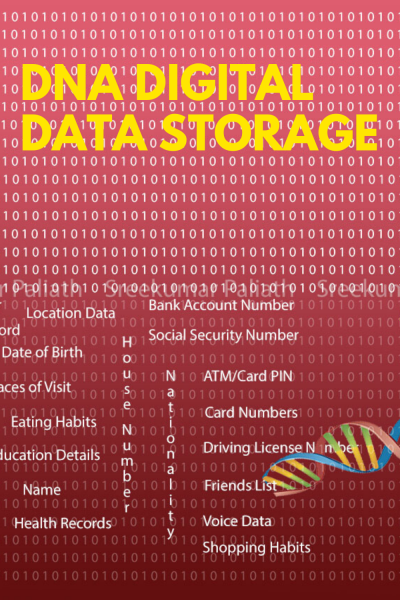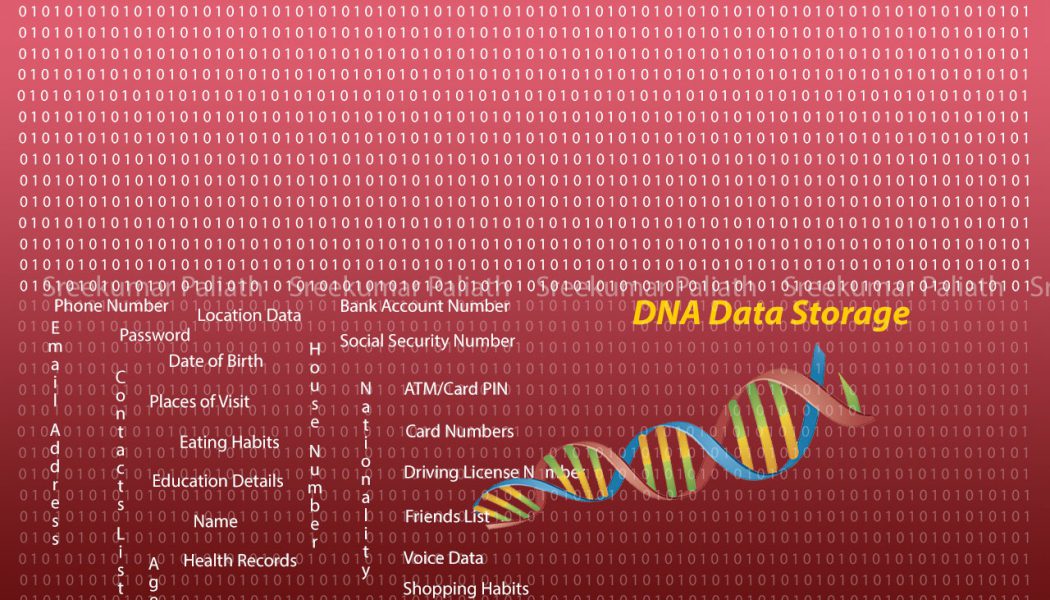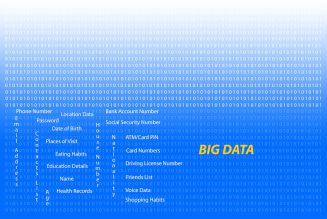Digital Data of various kinds is very important part in our life. Personal data, passwords, contact details, bank account details and what not? everything is stored digitally on our mobile phones, tablets, notebooks, servers and even in cloud (public and private storage systems). Whatever it is, the security of data is very important just like the ease of storage and retrieval.
When I started my career with Computers doing Data Processing contract for a prominent Textile Mill in Kerala on 1st February 1984, what I had was a Business Computer having a Memory of 64 KB, two Floppy Drives having 780 KB Storage capacity (Mini Floppy Disks) and operating at 2 MHz Speed. The mill had about 640 employees whose Payroll (monthly), around 2,500 items in the Store whose Inventory (monthly) and 54 Ring Frames of machinery whose Production details of three shifts (daily) had to be processed and stored using this computer and just floppy disks. Understand this was one of the top models branded as Business Computers at that time available in India. But I was managing all these without any difficulties at that time. It used to take almost 25-30 seconds to process one Payroll account. For almost four years I managed with the same setup, then upgraded to an IBM PC-AT Clone of 1 MB RAM, 10 MB Hard Disc and 1 Mini Floppy Drive (HD Capacity). The process that took 25-30 seconds, could then be completed in less than 5 seconds using the same Software but the new PC. That was a big change for me and since then I have kept on upgrading my Systems, Software, Applications and Data Storage. During this period I have seen Storage Systems changing its Capacity, Type and Features from Hard Discs to Compact Discs, Flash Memory (USB Drives, SD Cards), Spool Tapes, Cassette Tapes, Tape Cartridges, Built-In, External, Virtual, Cloud and so on…
With the progress in and changes in Technology, sequentially the size of the devices became small and storage capacity increased. These traditional Data Storage Devices have limitations such as Storage Size, Maximum Period of Storage, Corruption due to various reasons etc. The worlds total data is stored either in Magnetic or Optical media. As Data became more and more important in our daily life, for research and analysis, we had to look for more reliable, cost effective and newer technologies for Data Storage and the future is DNA Digital Data Storage. It is the future and it has become reality.
We all know DNA comes in genetics and what does it have to do with Data Storage?. DNA stands for “Deoxyribonucleic Acid“. It is the genetic material of us, made up of Deoxy Sugar, Phosphate and Nitrogenous Bases. Water and Oxygen are very much important in the life of every living entity on earth and DNA is as important as them because the life expectancy depends upon the DNA of a living thing. DNA stores and transfers biological information from one organism to other and therefore it is a kind of Blueprint for and of us. The information encoded and stored in the DNA decides the function and structure of various bio-molecules.
Experiments and research started as early as 1990 to store data in DNA and it is estimated that “A gram of DNA can store 1 Exabyte of Data for as long as 2,000 years”. One Exabyte is 1,000,000,000,000,000,000 Bytes. You can assume 1 Byte as One Character (0, 1, A, B, C etc.). Approximately, 5 Exabytes is all the words ever spoken by human beings.
You can see in the Data Measurement Chart that we have reached upto (and may be beyond) Xenottabyte (it is even hard to pronounce).
| Data Measurement | Size |
| Bit | Single Binary Digit (1 or 0) |
| Byte | 8 bits |
| Kilobyte (KB) | 1,024 Bytes |
| Megabyte (MB) | 1,024 Kilobytes |
| Gigabyte (GB) | 1,024 Megabytes |
| Terabyte (TB) | 1,024 Gigabytes |
| Petabyte (PB) | 1,024 Terabytes |
| Exabyte (EB) | 1,024 Petabytes |
| Zettabyte (ZB) | 1,024 Exabytes |
| Yottabyte (YB) | 1,024 Zettabytes |
| Xenottabyte (XB) | 1,024 Yottabytes |
You can read more on DNA Digital Data Storage clicking this link
Every minute in 2018, Google conducted 3.88 million searches, and people watched 4.33 million videos on YouTube, sent 159,362,760 e-mails, tweeted 473,000 times and posted 49,000 photos on Instagram, according to software company Domo. By 2020 an estimated 1.7 megabytes of data will be created per second per person globally, which translates to about 418 Zettabytes in a single year (418 billion one-terabyte hard drive’s worth of information), assuming a world population of 7.8 billion. The magnetic or optical data-storage systems that currently hold this volume of 0s and 1s typically cannot last for more than a century, if that. Further, running data centers takes huge amounts of energy. In short, we are about to have a serious data-storage problem that will only become more severe over time.
An alternative to hard drives is progressing: DNA-based data storage. DNA—which consists of long chains of the nucleotide A, T, C and G—is life’s information-storage material. Data can be stored in the sequence of these letters, turning DNA into a new form of information technology. It is already routinely sequenced (read), synthesized (written to) and accurately copied with ease. DNA is also incredibly stable, as has been demonstrated by the complete genome sequencing of a fossil horse that lived more than 500,000 years ago. And storing it does not require much energy.
But it is the storage capacity that shines. DNA can accurately stow massive amounts of data at a density far exceeding that of electronic devices. The simple bacterium Escherichia coli, for instance, has a storage density of about 1019 bits per cubic centimetre, according to calculations published in 2016 in Nature Materials by George Church of Harvard University and his colleagues. At that density, all the world’s current storage needs for a year could be well met by a cube of DNA measuring about one meter on a side.
The prospect of DNA data storage is not merely theoretical. In 2017, for instance, Church’s group at Harvard adopted CRISPR DNA-editing technology to record images of a human hand into the genome of E. coli, which were read out with higher than 90 percent accuracy. And researchers at the University of Washington and Microsoft Research have developed a fully automated system for writing, storing and reading data encoded in DNA. A number of companies, including Microsoft and Twist Bio-science, are working to advance DNA-storage technology.
Information Credit: www.scientificamerican.com
Here is a short video on DNA Data Storage.
Pin it for later





